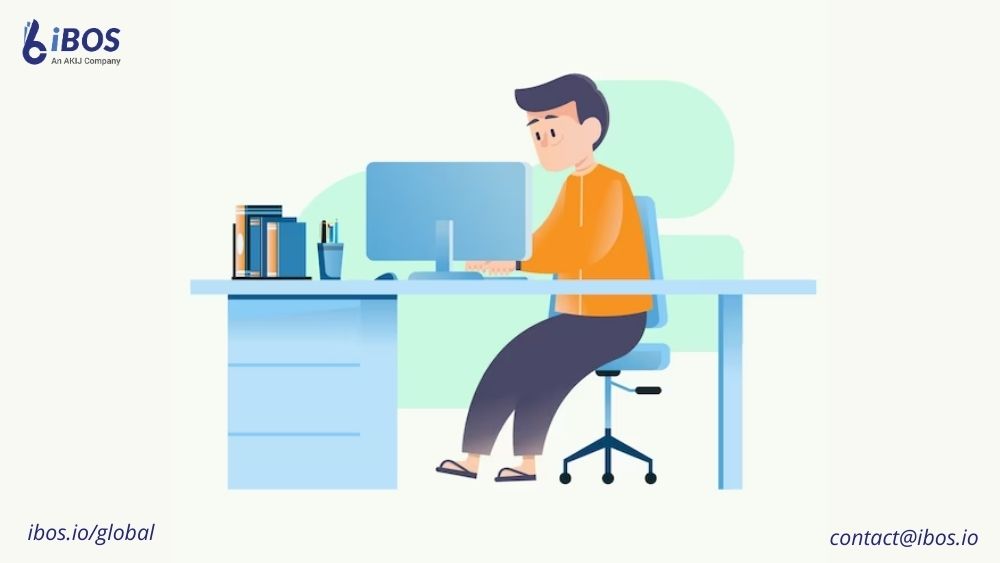Multitenancy refers to the ability of an application to serve multiple customers or tenants while keeping their data and functionality separate and isolated from each other. Multitenancy in ASP dotNET Core is important in application development because it allows for greater scalability, cost-effectiveness, and flexibility.
ASP .NET Core is a popular open-source framework for building web applications and services on the .NET platform. It provides a robust set of features and tools for building multitenant applications, making it a popular choice among developers. In this article, we will explore the concept of multitenancy in ASP dotNET Core and discuss its key components, challenges, and best practices.
What is Multitenancy?
Multitenancy refers to a software architecture where a single instance of the application is designed to serve multiple clients or tenants. Each tenant is isolated from other tenants, but they share the same application infrastructure, codebase, and database. Multitenancy is commonly used in cloud computing environments to provide software as a service (SaaS) to multiple customers.
Types of Multi-Tenancy
Multitenancy is a software architecture concept that refers to the ability of a single application instance to serve multiple customers or tenants while keeping their data and functionality separate and isolated from each other.
There are several types of multitenancy, including:
Shared Database
All tenants share the same database, with each tenant having its own schema within the database.
Separate Database
Each tenant has its own separate database instance.
Shared Application
All tenants share the same application instance, with each tenant having its own configuration and data.
Separate Application
Each tenant has its own separate application instance.
In contrast, single-tenant applications are designed to serve a single customer or tenant, with all data and functionality contained within that instance.
Benefits of Multitenancy
Multitenancy in ASP dotNet Core also allows for easier customization and faster deployment of new features for all tenants. The benefits of multitenancy in application development include:
Cost-effectiveness: Multitenancy can significantly reduce infrastructure and maintenance costs by allowing multiple tenants to share resources.
Scalability: Multitenancy allows applications to easily scale to meet the needs of growing customer bases.
Flexibility: Multitenancy enables customizations to be made on a per-tenant basis, providing greater flexibility for tenants to configure the application to meet their unique needs.
Simplified Maintenance: Multitenancy can simplify application maintenance by allowing for updates and fixes to be applied across all tenants simultaneously.
Key Components of Multitenancy in ASP dotNET Core
When building a multitenant application in ASP.NET Core, there are several key components that must be taken into consideration to ensure the application is secure, scalable, and maintainable.
Tenant Identification and Resolution
This component involves identifying and resolving which tenant is making a request to the application. This can be achieved using various techniques such as hostname or URL path-based routing, header-based routing, or tenant-specific subdomains.
Data Isolation
Data isolation involves ensuring that tenant data is separated and isolated from each other so that each tenant can only access their own data. This can be achieved using techniques such as schema-per-tenant or database-per-tenant.
Security and Authentication
This component involves ensuring that tenant data is secured and authenticated against unauthorized access. This can be achieved using techniques such as authentication and authorization middleware, role-based access control, and encryption of sensitive data.
Provisioning and Management
This component involves the ability to create and manage tenants in the application, such as creating new tenants, assigning resources, and managing tenant-specific settings. This can be achieved using techniques such as tenant-specific configuration settings, dynamic resource allocation, and tenant-specific middleware.
Overall, these key components are critical for building a robust and scalable multitenant application in ASP dotNET Core. By carefully considering each component during the design and development phases, developers can ensure that their application is secure, efficient, and flexible.
Challenges of Multitenancy in ASP dotNET Core
Multitenancy in ASP dotNET Core can bring various benefits such as scalability, cost-effectiveness, and easy maintenance, but it also comes with some challenges. Some of the common challenges of implementing multitenancy in ASP.NET Core include:
Data Isolation: In a multitenant architecture, data isolation is crucial to ensure that each tenant’s data is kept separate and secure. However, it can be challenging to design a system that allows tenants to share the same resources while keeping their data isolated.
Tenant Customization: Multitenancy should allow tenants to customize the application to their specific needs. However, this customization can introduce complexity and make it harder to maintain the application.
Scalability: Multitenant applications should be designed to scale horizontally to handle the increasing load as more tenants are added. This can be challenging, especially if the application is not designed with scalability in mind.
Testing: Testing multitenant applications can be challenging since each tenant’s data should be kept separate. It is essential to have a good testing strategy that allows for testing each tenant’s features separately.
Deployment: Deployment of a multitenant application can be complicated, especially when dealing with updates and new features. It is crucial to have a deployment strategy that ensures that updates are rolled out to all tenants seamlessly.
Security: Security is a significant concern in multitenant applications, and it is essential to ensure that each tenant’s data is secure and that the application is protected from malicious attacks.
Overall, implementing multitenancy in ASP dotNET Core requires careful consideration and planning to ensure that the application is scalable, maintainable, and secure.









